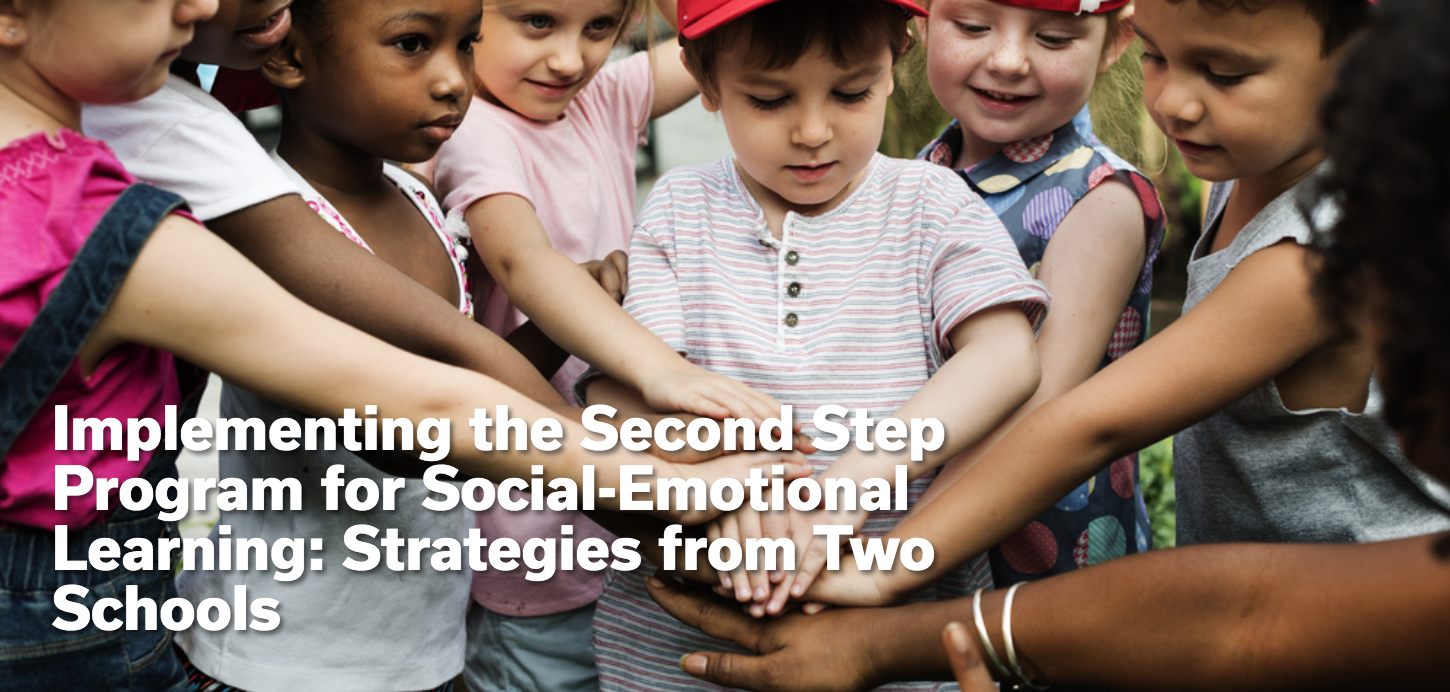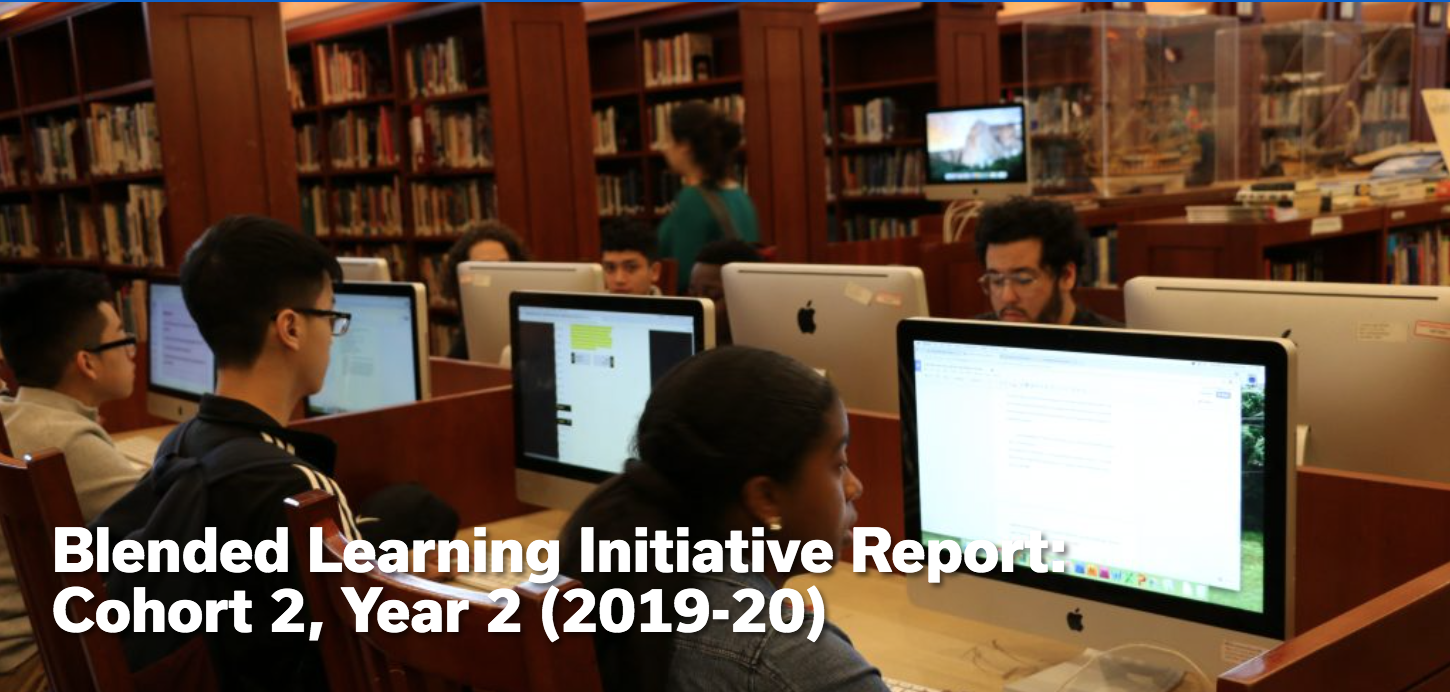Data Review Guide: April 2021
Welcome to this month's data resource guide! This monthly series, designed for SDP K-12 school-based leaders, can be used to schedule and frame the data analysis activities used for school-level strategic planning and evaluation. The Planning and Evidence-Based Supports Office (PESO) will post an updated guide each month. For more information, use the form at the bottom of this page to contact PESO.
Guiding Questions: As we continue working into the School Planning season, how will we operationalize our priority essential practices in the coming year? How are we linking adult action to student success? How can we address our root causes with intention?
Focus Areas: Climate, Course Marks, Aimsweb, Star, Graduation, College Enrollment, and Health Data
Click the plus-sign icons below to expand each topic. You'll find a link to the relevant data as well as suggestions to guide your inquiry.
1. How can I examine Winter STAR and Aimsweb performance?
Monitoring Aimsweb and STAR Performance
There are many ways to monitor Aimsweb and Star performance as a school leader. While LAMs and Star Champions should be familiar with the various teacher-facing reports in their respective systems; school leaders should start their data analysis in the aimsweb-Star QlikBAM application. We recommend:
- Starting with the “Key Performance Indicators” and “Subgroup Comparisons” sheets
- Using the “Details” sheet to explore Student Growth Percentile (SGP) scores at your school
- Checking out the new “Training Videos” in the “Resources” sheet. These short videos describe different ways you can use the app to answer different aimsweb and Star related questions.
2. Which metrics tell me how my school is doing with school climate?
Climate Matters Qlik Application
The Climate Matters Qlik application has been refreshed to include data from March 2021. We encourage all principals to use the “Attendance Comparisons” sheet to study whether the transition to virtual learning has affected the attendance rates of particular student subgroups (current EL students, students with an IEP, economically disadvantaged students, etc.). Remember that attendance in SchoolNet and attendance in Qlik are calculated very differently, which can have a large impact at the start of the year. A few key things to remember:
- Qlik treats only students who have been enrolled 10 or more days as part of their attendance calculation.
- SchoolNet calculates attendance only for students who are currently enrolled, because it is designed for classroom management. That means that a student who is dropped from rolls removes their non-attendance records from the calculation when they are dropped. That isn’t the case for Qlik, where the student’s non-attendance record stays with the school even if the student withdraws or transfers (just like it would for Future Ready Index calculations).
3. What updates have been made to the PVAAS portal?
New PVAAS Reporting
PDE has recently made updates to the PVAAS website! Check out the website and some of these resources to learn more:
4. How can I access data about health indicators at my school?
School Health Snapshots
The School Health Snapshot is a new report that provides health data for both schools and the District as a whole. Its purpose is to help facilitate decision-making, identify strengths and weaknesses, and make comparisons between individual schools and the District. It includes information on the following topics:
- School Health Index
- Student food security, hunger, and nutrition
- School Meals
This snapshot was produced by the Office of Research and Evaluation with funding and support from Eat Right Philly, the School District of Philadelphia’s partnership for SNAP-Ed nutrition and wellness programming.
5. What professional development is ERA currently offering?
Professional Development Opportunities
On Thursday, April 8th we will be offering a session titled “Analyzing Teacher Retention and Attendance Data using QlikBAM”. Participants will learn how to use apps in Qlik’s Talent Stream to analyze teacher retention and school employee attendance data. They will earn how to look at trends across different grade levels and school years in an effort to better understand the workforce and consider root causes for teacher performance.
On Tuesday, April 20th we will be offering a session titled “Tracking Student Progress towards High School Graduation using QlikBAM”. Participants will learn to use the Course Marks and Credits App in QlikBAM to track their students’ progress towards high school graduation. They will learn how to determine if their students are on-track based on their grades and credits and make comparisons between different student subgroups. (Note: QlikBAM access is required for participation in this session.)
Every Thursday in April we will present a high-level overview of the District’s new accountability framework. School-level reports for this new framework are expected to be rolled out for the 2020-2021 school year. Hear about how the framework aligns to the Board of Education’s Goals and Guardrails, how the framework was developed, and how reports will be organized.
Please make sure to register in Cornerstone if you wish to attend. If you are unable to attend because of a prior commitment but wish to learn more about QlikBAM or Post-Secondary Readiness data, please use the “Contact PESO” form below.

